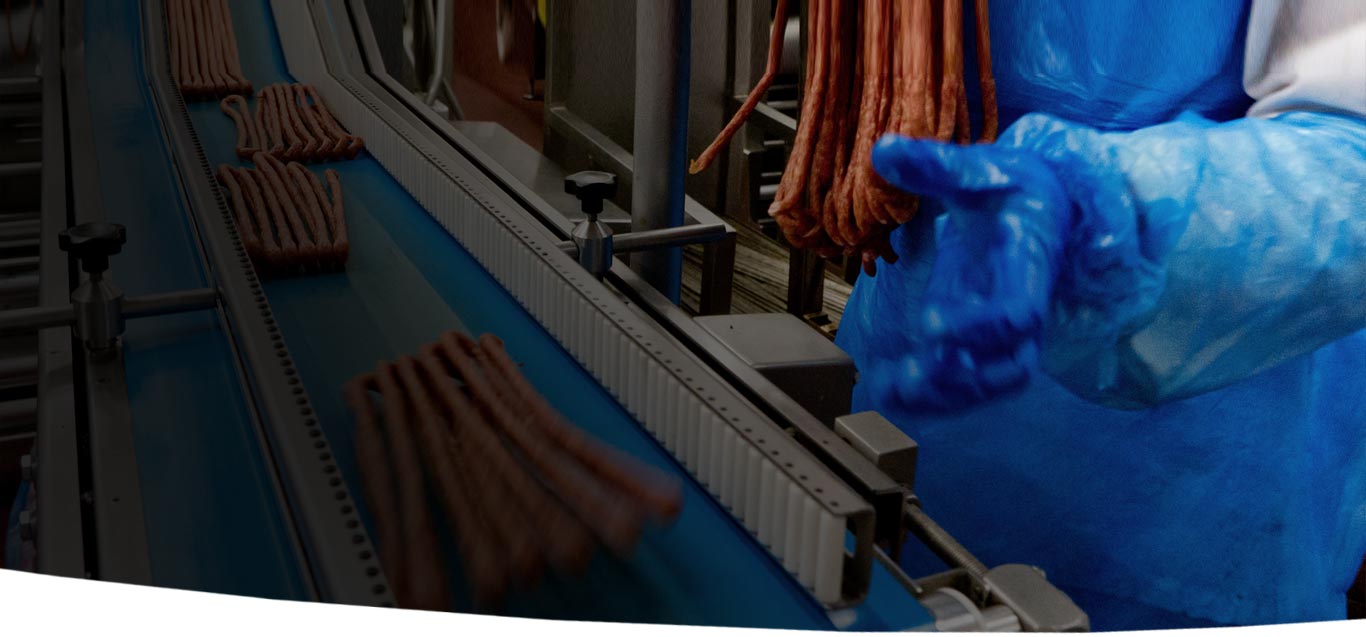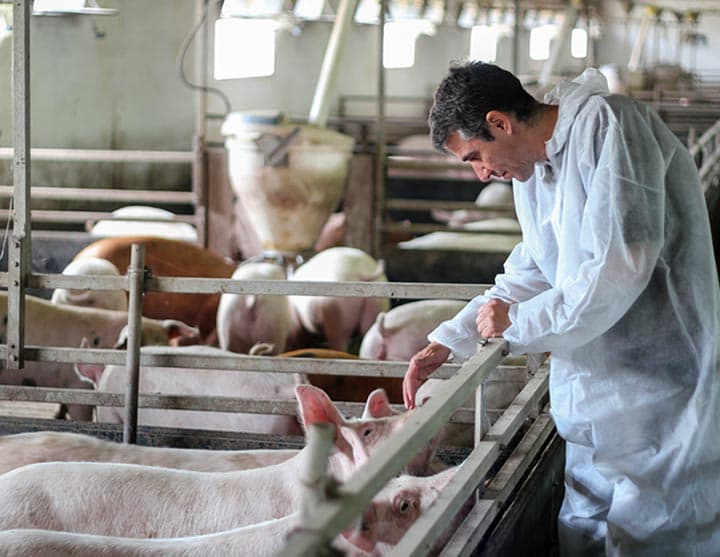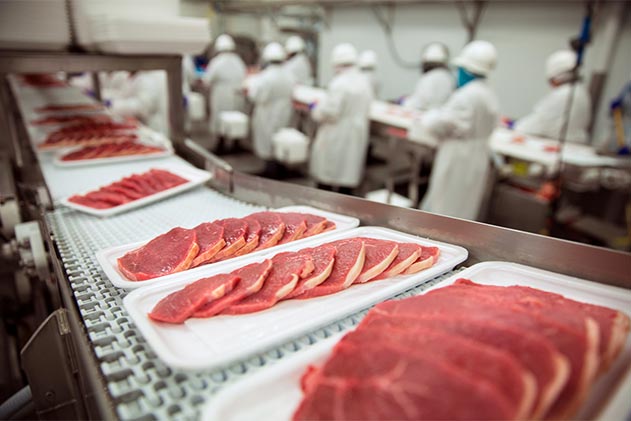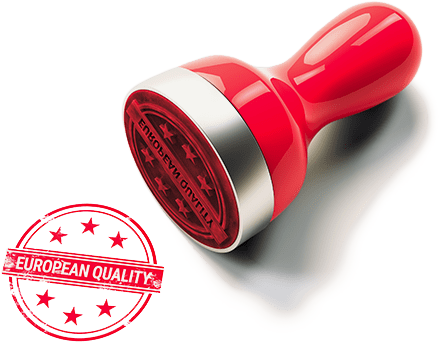
European Standards
European pork and beef, as well as their products, are manufactured on the basis of a series of restrictive standards and procedures arising from the Common Agricultural Policy. This means that all food producers operating within the European Union are obliged to comply with the EU regulations that allow supervision of the entire path “from stable to table”.
European standards for food production are based on three pillars: safety, quality and traceability of the product. For the consumer, they constitute a guarantee that European producers of pork, beef and processed meat supply both safe and tasty products.

ORIGIN
In countries that are part of the European Community much focus is placed on the aspect of full traceability of food products. This means that each stage of production must be completely transparent. In farming, animals are marked at the time of birth, and their health and welfare are monitored until slaughter. One of the basic requirements in the European Union is the possibility to track not only the origin of the raw material, but also the later stages of its processing and distribution.
Each EU manufacturer has the obligation to keep a full list of suppliers and provide information as to which entities he has served as supplier. The “from stable to table” practice, commonly used in the European Union, makes it possible to trace the entire history of the product.




